“Put On Your Good Bra!”
An Interview with Dr. Omi Osun Joni Jones on Theatrical Jazz
This week, HowlRound presents #BLKARTS Presents: Black Womyn Going Dark!, a co-curated series that explores the ancestry and legacy of Black womyn in the arts featuring contemporary artists who create in multiple communities across the United States. Co-curators Erin Michelle Washington of Soul Center/ #BLKARTS, ATL and Deanna Downes of Deanna Downes Creative Consulting seek to engage a creative community of Black womyn around questions including: What new/old ways are we creating/exercising to reach new or intended audiences? How are we creating access to the research of ourselves and our ancestry? This series is the beginning of a project that aims to address these issues for, by, and with Black womyn artists. You will hear from artists across multiple disciplines using multimedia, writing, sound scores, visual arts, and other avenues in which we can expand our storytelling. These works and these womyn expand, define, and give framework for our contemporary experience of living in and through art. —Deanna Downes and Erin Michelle Washington
Photo by Dominique C. Hill.
Dominique Hill: I have the pleasure of sitting with Dr. Omi Osun Joni Jones to talk a bit about the Theatrical Jazz aesthetic, and how it pertains to this moment we’re in now. We’ll talk about what sort of offerings it might have for us as we ground ourselves in this moment of what feels like chaos, but is full of possibility. Dr. Jones, it’s a pleasure to sit across from you and to feel your energy and smile. I want to have this space, and give space for other people to experience and learn from you. What you are feeling right now in this moment?
Omi Osun Joni Jones: I’m feeling very excited because it is, as you said, a time of possibility. You and I are sitting here doing this work together. People are gathering all over the world to declare themselves even more fully, and that is a challenge and there’s so much possibility inside that. So I’m feeling all of it—the challenge of this moment, and the excitement in the work that I do in Theatrical Jazz. One of the basic principles is being present. If I take that to heart right now, I’m sitting here having a conversation with you. I believe that there will be people who will sit and listen to this, and take what they can from it. These are major privileges for me: to have this conversation and to think that anything I might say, dance, or paint could be useful to someone else; that’s really powerful.
So, I start there. Being present right here, right now. I think Theatrical Jazz can remind us that we can ground ourselves and use language in the people around us, our community, family—however, we build those things. And this will be a time to cleave together, which I think is going to be the hard part for me, to open up even wider. To rise and open up more. Be more vulnerable, not less. Be more generous, not less. And in practicing Theatrical Jazz, I think that’s exactly what it calls for.
Dominique: Where does Theatrical Jazz sit in your body, right now?
Omi Osun: The way it is expressing itself in my body right now is like an explosion. I want to do! I want to make! A friend and a profound mentor who passed away recently is Laurie Carlos. Laurie used to say so many things that I’m reflecting on now. She used to say, “Put on your good bra!” So, that’s what I gotta do. There’s an urgency and excitement to it, and there’s some fear inside of it, but put on the good bra. Speak the truth. Stand up. This is the time to speak what you know to be true. This is a time not to smile if a smile is not what you are truly feeling. And there’s a kind of electricity in that for me. And that’s what’s in my bones. More than anything I literally want to move! I’ve been telling my friends we need some house parties. We need some block parties. We need to sweat together. We need to invite some people we wouldn’t ordinarily invite to these parties. And dance and make things with them. Yeah, that’s the energy that I’m feeling right now. Let’s do. Let’s do!
Dominique: Can you speak about uncertainty and the power of vulnerability?
Omi Osun: As an academic and a scholarly writer, I know that very well. Uncertainty can be a cover and reveal a lot, but it can also shield us from the deepest vulnerability, which I think is our job right now. Part of what’s frightening about that space is that I don’t know what it will reveal. I don’t know what will open up. I’ve been thinking a lot about race, and how we as Black people had to reshape ourselves at different moments in history. And I say had to because some of that was coercion; some of it was a decision to assimilate; and some of it was not knowing if there was any other way, so we’re going to do it this way. For many of us in the United States, it meant a certain way of talking, or dress. It meant getting degrees. It not only meant these things were important to us on their own, but were also ways to demonstrate our humanity for the umpteenth time. “Yeah, I’m gonna put away watermelon. I’m going to put away chicken. I’m going to make sure I’ve got subject-verb agreement. I’m going to do my hair a certain way.” All those decisions became “bone decisions,” and that’s Daniel Alexander Jones’ language.
I think we only talk about race in talkbacks if there’s a person of color who has written the work, or people of color are in the show. We don’t talk about race if its white artists who are primarily in charge, and I wonder what would happen if we did.
Dominique: What is “doing bone deep work”?
Omi Osun: It’s when deep, profound transformations occur. I became aware that I was doing a lot of smiling that I didn’t really want to do. It was an attempt to make things “alright” for the people around me—the people who fear me, want to erase me, annihilate me. I wonder in this moment, what are the white American ways of doing the bone work? What does that mean for white people? I know I’m going out on a limb right now—I’m not white. I think there are a lot of good white people who may not have done the bone work—who may not have allowed themselves to be frightened, and to be shaken from their various mythologies.
I also think it’s connected to artmaking in our academic theatres and professional theatres. We often have these things called talkbacks, which is an opportunity for the creative artists, designers, and technicians to engage with audience members directly. I think we only talk about race in talkbacks if there’s a person of color who has written the work, or people of color are in the show. We don’t talk about race if its white artists who are primarily in charge, and I wonder what would happen if we did. In other words, let’s make whiteness more visible by talking about it, even in the absence of people of color. I recently made a presentation. I was on an exciting plenary panel for the Association for Theatre in Higher Education (ATHE) in Chicago last summer. I was invited to think about what diversity might mean in connection with academic theatre. And the things that I’ve just said now were the things I said; I suggested that the dramaturg’s role in this moment is to encourage whites to “go bone deep.” I think it will be interesting when that comes out, and we’ll see what folks have to say because it’s going to be in print.
Dominique: What does “bone deep” work require?
Omi Osun: I wouldn’t recommend that people go to any places that they aren’t ready to go. So for the folks who say, “Naw, you all can do that, I’m not doing that,” that is just fine. For those who say, “OK, let’s give that a try,” I think it means standing inside what we think we know to be true about being human beings. That’s another important principle of Theatrical Jazz. It’s how do we do this together. Yes, there’s going to be solos and we need the virtuosity of every single person. The soloist has to figure out when s/he, or they are gonna pull back! And then, they work in a different kind of way to support the entire community. The entire community right now means the human community. I’m really committed to seeing how we can make things together: meals, quilts, and songs.
A very important part of this collaboration requires the ability to improvise, and to not know where the end is. To be inside of the mystery. We talk a lot about process versus product and I believe in that, but sometimes our process seems to be designed just to get us to a product. ‘Cuz part of what I’m saying is—I’m talking about being vulnerable and making things with people. I don’t know what that’s going to look like. I’m curious about progressive, radical folk, or those on the left, who have a certain opposition to a certain kind of conservatism. Many of them seem to already know what the destination is. I’m not sure I know what the destination is, especially if we are willing to hear stories that we haven’t heard before. Stories we haven’t incorporated into our truths before. The destination, maybe—well, I don’t know!
Dominique: In regards to re-membering, there’s a quote: “some of us did not die.” What are some life-conjuring, Black Feminist strategies?
Omi Osun: I think a lot about the fact that both June Jordan and Barbara Christian asked for leaves from their institutions when they knew they needed rest, but they were not granted those leaves. I think about that a lot. You serve and serve the community, and then you wake up a heart condition, cancer, or alopecia. You’ve got a host of things going on, and you were committed to serving the community. That is a laudable desire, but for your own house, you weren’t taking good care of it. So, my Black Feminist thought is we’ve got to take care of ourselves. We really do, and in some profound ways: we need to sleep, drink a lot of water, and eat less sugar. It’s just a real thing and it’s all of it, it’s all part of our caretaking.
What if we consciously create counter spaces where physically, the assumed hierarchies in a space—i.e. students sit in a row and the teacher has all that space to wander and walk—doesn’t replicate a hierarchy?
Dominique: Explain the process of invitation.
Omi Osun: When we’re bringing a different person to the fold, we have to invite someone in. We must have the wisdom to say, “I invited you in, but you are not abiding by the rules that this community has set up. So I am graciously asking you to not participate in this gathering.” You see what I’m saying? It’s not when I talk about the openness and the inviting, it’s not just haphazard and it’s not just anybody. It’s not people who are going to harm us—psychically or otherwise. Putting on that good bra means there are times when you have to tell people you know…you have to sever relationships sometimes.
I think the clearest answer to your question is not everybody is gonna make the choice to open and embrace, and that’s fine. For those that do, it’s vital that we do whatever we need to stay loving to ourselves, and it means a massive transformation. It might mean eliminating some people in our world who we thought were down with us. Might just be time to say, “That really isn’t working for me.” And I’m suggesting these things as a strategy.
Dominique: I’m interested in hearing your thoughts on collaboration as a Black Feminist strategy for organizing the classroom.
Omi Osun: In our classrooms, you know we can do almost anything we want to do. Students may resist, but for a few of us, there’s not a higher authority—the level of surveillance in our classrooms is relatively small, given what it could be. I wonder what would happen if we enacted both Theatrical Jazz and Black Feminist theories in our classroom. What if we consciously create counter spaces where physically, the assumed hierarchies in a space—i.e. students sit in a row and the teacher has all that space to wander and walk—doesn’t replicate a hierarchy? Then, the majority of assignments require group work.
Dominique: Where do you see the work of Theatrical Jazz headed?
Omi Osun: It’s happening right now. In my experience of Theatrical Jazz, the telling of stories and listening is important. To be in an ensemble, one really has to listen. Listen to the story, and the stories from other ensemble members. Find bits of their stories that resonate with your own, and then offer that up. Something really important about storytelling right now is honoring people’s realities. Let our imaginations go! They may go places we don’t know, and that is scary and free!
Dominique: It is and it’s so necessary.
Watch the full interview here:

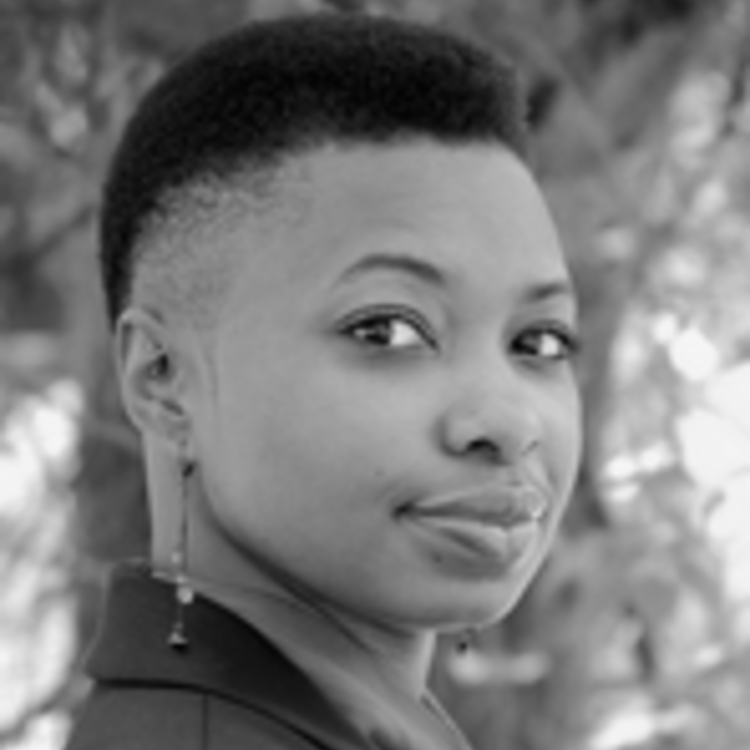
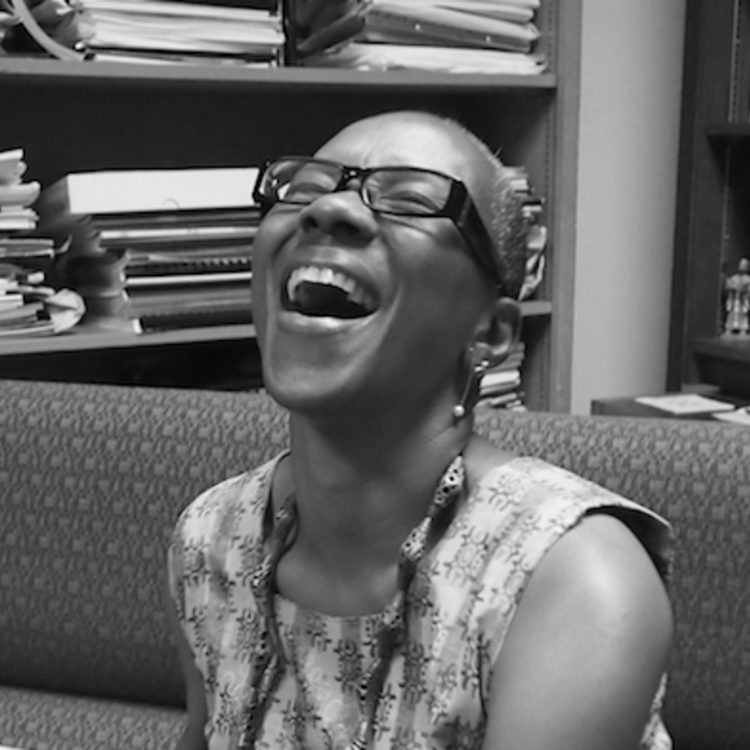
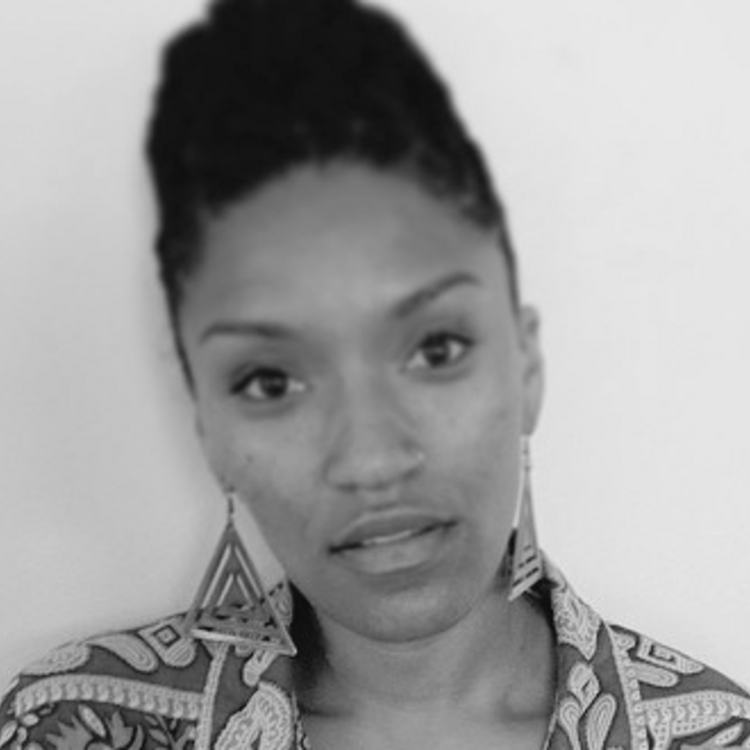







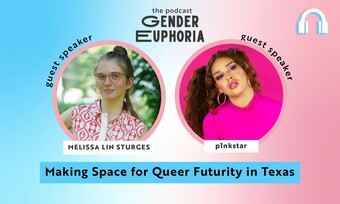


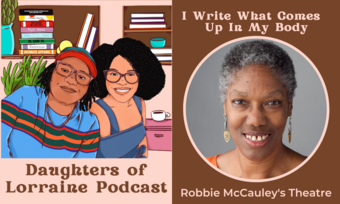

Comments
The article is just the start of the conversation—we want to know what you think about this subject, too! HowlRound is a space for knowledge-sharing, and we welcome spirited, thoughtful, and on-topic dialogue. Find our full comments policy here